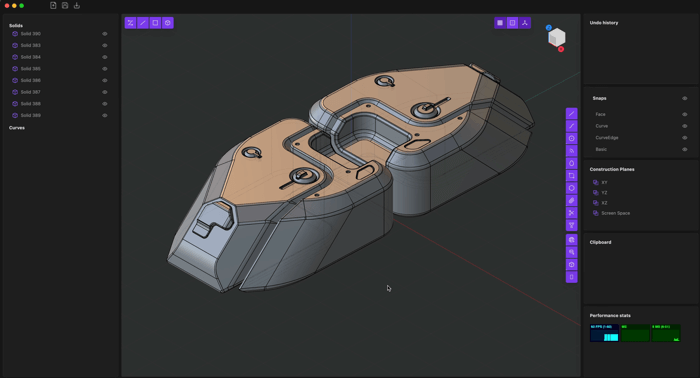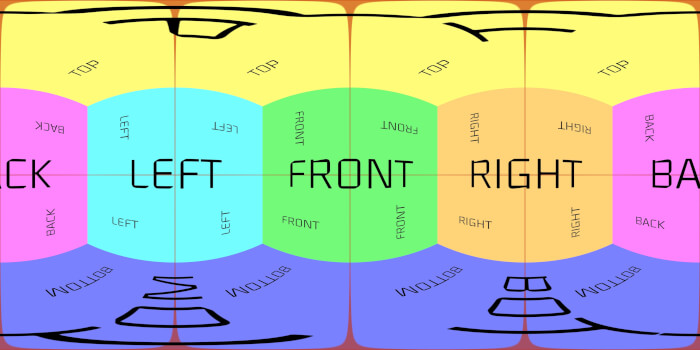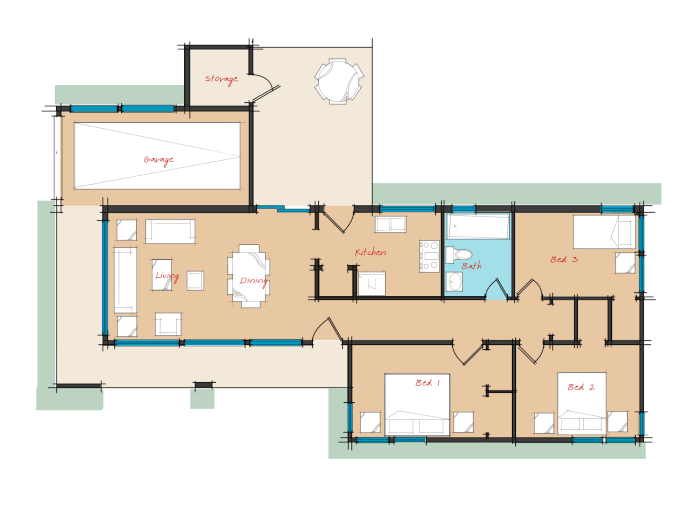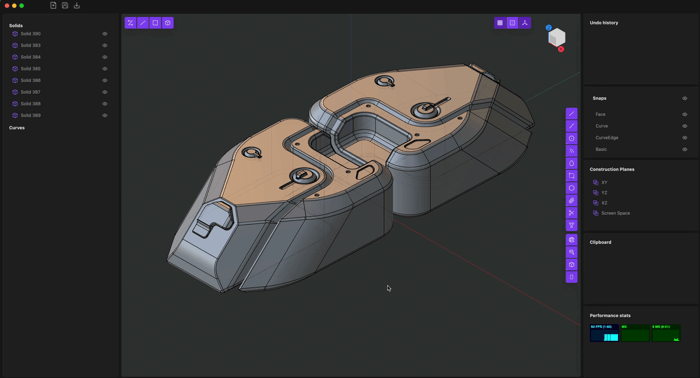
One of the big news about the rendering market last week was the announcement of new releases from two major commercial render engines. In a few weeks we will see a new version of V-Ray and FryRender, both dedicated to work with real-time rendering. They are called V-Ray RT and FryRender RT, and as a demonstration of what we will be able to do in the near future with GPU powered render solutions, they are both great examples. Do you know the difference, or workflows used to create animations using those render engines?
There is a very interesting and impressive demonstration video from Random Control, showing what FryRender RT can do:
The video is a real-time render! With this video we can't see very clearly, but the camera can move freely around the scene, and all you have to do is save the frames to create an animation.
How it works?
According to the FryRender RT web site, the workflow looks like this:
- Create the scene 3d and export to the real-time render solution
- Pre-computing the light and environment
- Open in the real-time render player
- Move the camera around and export frames as image files
The secret to create the light and actually render the scene is in step 2, which reminds me a lot of a radisosity calculation process.
What about Blender 3D?
The good news for Blender users is that we have an ongoing development of the Blender Game Engine, which will let us work in a very similar way, creating real-time animations and light for environments. Just take a look into this example posted at the Blenderartists forums, where Martins Upitis has made a scene that uses set of 2d filters to light up a real-time render and another example, at the same scene using HDRI!
If you visit the threat, the files used to create this are available to download.
To answer the question pointed at the title of this article, I would say: yes! Real-time rendering is the future of rendering. If you really want to take an advantage of this technology, I strongly recommend a powerful GPU card. To create the FryRender RT demo an ATI Radeon 4850 was used. I had bad experiences with ATI cards and Blender in the past and can't say for sure that this card will work properlly with it.






As soon as V-Ray is full implemented in Blender V-Ray RT will not be far away anymore for Blender (I hope)
I my opinion Blenders internal renderer quality isn’t good enough for comercial production yet, maybe it will in 2.5 ?
V-Ray Exportplugin for Blender is still in development but very well working yet.
http://blender.bevice.ru/
The V-Ray renderer and Blender is the best. combination for comercial use of Blender for architecture vizualisations at the moment.
Kind regards
Alain
The first video is amazing, however the second sucks.
Honestly.
A DirectX based game looks way better than its video quality..